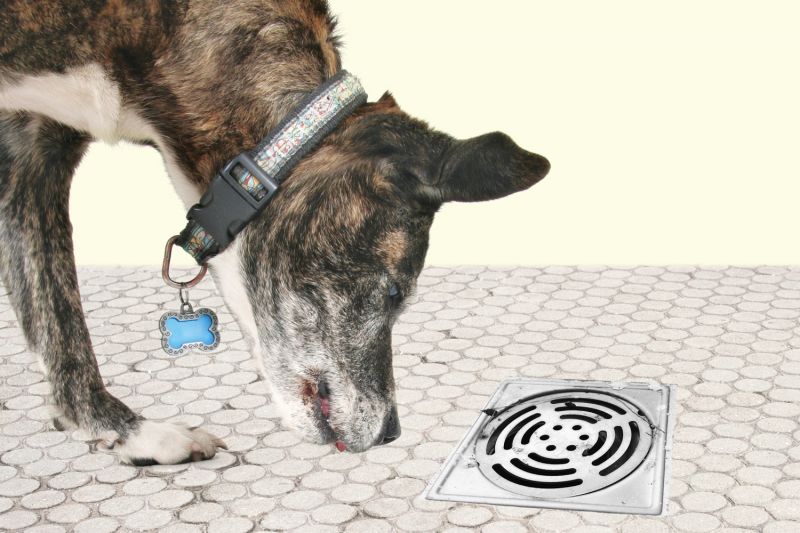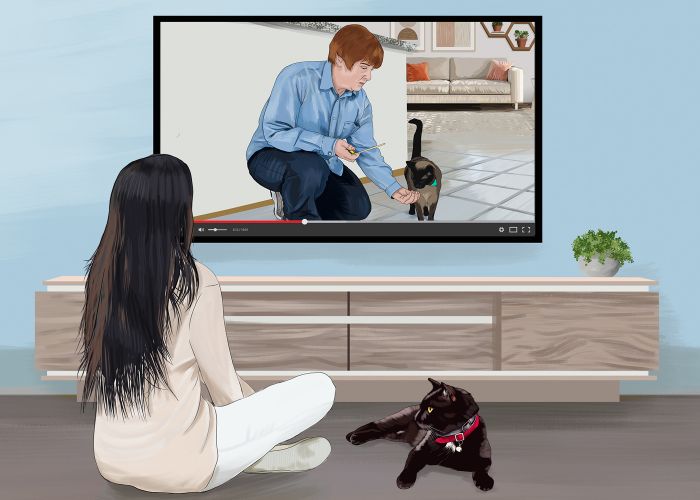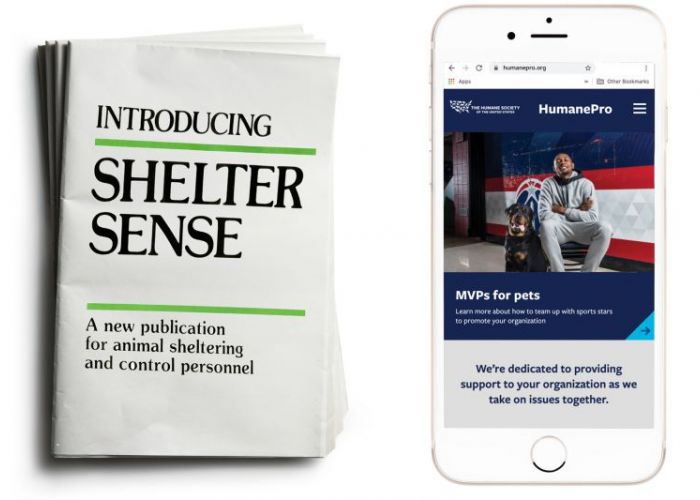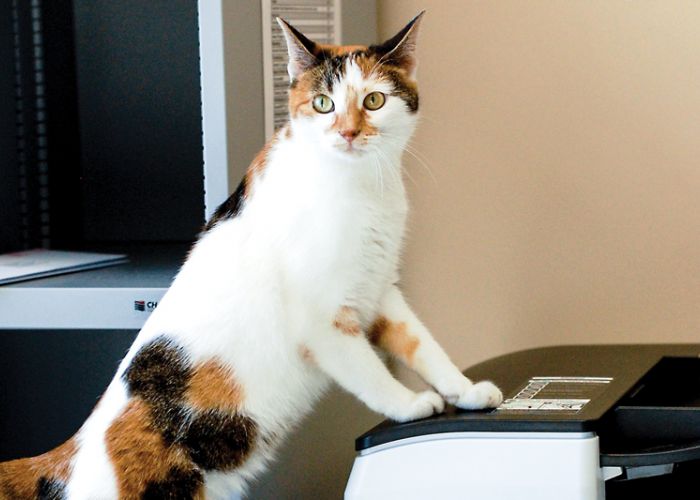Plumbing the depths
Shelter drainage systems vary, but they’re key to keeping your shelter clean and your animals healthy

It’s an inescapable truth: With dogs and cats peeing and pooping and kennels being hosed out, animal shelters produce an enormous amount of water and waste, and it’s all got to go somewhere. If you’ve got a shelter, you need drains.
You’ll notice how important drains are if they ever get clogged. “If they’re not working properly, it’s a big stink,” notes Gillian Hargrave, vice president and COO of Lollypop Farm/Humane Society of Greater Rochester in upstate New York. And you don’t want your potential adopters holding their noses or, even worse, staying away from your shelter altogether.
Foul odors aren’t the only problem posed by poorly designed or improperly maintained drains. “Drains are important because, at the end of the day, a shelter is all about keeping it clean,” says Gregory Taylor, CEO of Mason Co., an Ohio-based manufacturer of dog runs and cat condos. “If you don’t keep it clean, you have disease.” Despite the variety of choices, he adds, the most important thing about drains is making sure that your staff is well-trained and “that the darn things just get cleaned properly.”
Sounds simple enough, but the deeper you dive into shelter drainage, the more you realize it’s a complicated topic. Paradoxically, Taylor finds that drains have the power to stir passions (“When you start talking to designers and executive directors about this, it’s a little bit like talking about gun control or abortion rights with those groups,” he says) but sometimes tend to be unwisely overlooked by shelter officials focused on the color of their kennel side panels or the design of their foyer. Drainage, Taylor says, “is not a sexy topic, but it’s a vital topic.”
Looking at the hole picture
So what type of drain makes the most sense for you? Do you want (and can you afford) an individual drain for each kennel? Or should you stick with the (more common) trench drains, and if you do, should they be placed in the front, back or middle of the kennels?
“There’s no real right or wrong answer,” Taylor says. Your decision depends on how much money you have and your personal preferences and operating procedures.
Shelter drains are typically found where dogs are housed; drains in cat housing can be problematic because wet kitty litter turns into a plaster-like substance.
Obviously, the best time to think about drain design is before you build. “It’s very difficult and expensive to retrofit these things,” Taylor says. He counsels people to devote some upfront thinking to their drainage design decisions, which will likely be in effect for the life of the building.
“It’s the one thing you don’t want to have to deal with later on,” adds Hargrave. “I don’t want to be digging up pipes.”
To avoid that nightmare, Hargrave strongly recommends working with an architect who specializes in animal shelters, as Lollypop did on its renovation a few years ago. “They were just so helpful in helping us think about the things that we don’t think about, and that includes … drainage,” she says.
For people starting the shelter design and construction process, Taylor has the following advice: “I wouldn’t pay for somebody else’s education”—meaning you don’t want contractors who are learning on the job … on your dime. Animal shelters are more complex than they appear to outsiders—from the slope of the floors to issues surrounding vapor barriers, air exchanges and sealing concrete—so Taylor says it’s wise to contract with architects and builders who can “answer the questions without having to go look them up. … I’d team up with someone that’s done a couple dozen.”
It helps to visit other shelters to find out what their staffs like and don’t like about their drains, Taylor says. He also recommends against building a facility that would force your staff to change tried-and-true cleaning protocols—by switching the location of the drains, for example. The goal is to find a sweet spot: a system that enables you to operate efficiently and prevent the spread of disease but doesn’t “drain” your budget.
Filtering the options
If you had unlimited money, you’d likely choose the most expensive option: an individual drain for each dog run, Taylor says. The higher cost stems from the need to lay pipe for each run. Such luxury tends to be reserved for larger shelters in major cities, he adds: Most shelters he works with have some form of a trench drain serving a row of kennels.
A common setup is a rear trench drain with the kennels sloped front to back, which allows the staff to spray into the run rather than out toward the aisle, keeping the hose away from the waste and the water away from your visitors. It’s doubly convenient if you have a back-to-back run system, which allows one trench drain to serve two rows of kennels.
A downside to rear trench drains, Taylor says, is that they can be out of sight (particularly when they’re covered by a grate and a gutter cover) and therefore out of mind. Because the drains are hidden, workers tend to neglect cleaning the grates, and “it can get kind of nasty in there”—increasing the chances of odor or disease.
An alternative is the front trench drain, typically seen in older animal control facilities. Open trench drains in front present a trip hazard for people entering the kennel, but Taylor notes that they also have some advantages, namely that they address the “out of sight, out of mind” dilemma. Because they’re more visible, front trench drains tend to be cleaned more thoroughly, Taylor asserts. (Shelter personnel want to avoid potential adopters spotting waste and saying, “Gross! Get me out of here. I don’t want to adopt a dog.”)
Individual drains have less surface area than trench drains, and therefore pose less of a risk for bacteria buildup. A UC Davis Koret Shelter Medicine Program paper on shelter design (see Resources, p. 32) notes that, despite passionate arguments on both sides of the drain debate, there’s no documented association between the type of drain and the level of disease. “It is possible to adequately control disease in shelters with either drain type, provided that drains are well designed, appropriately placed, adequately cleaned, and properly functioning,” the paper notes.
Taylor says he’s seen all types of drain setups work … and all types not work. “What’s more important than picking a front drain or a back drain or a shared drain or not is: Is the staff going to clean them effectively?”
Along with proper cleaning, it’s crucial that staff realize that drains are not a convenient alternative to garbage cans. Solid waste such as feces and hair should be removed from kennels rather than hosed into the drainage system; only urine should be rinsed away unless the system is specifically designed to accommodate solids.
Along with proper cleaning, it’s crucial that staff realize that drains are not a convenient alternative to garbage cans.
Carlene Wall, adoptions and operations director at the Humane Society of Utah, says she and her staff love their system of rear trench drains equipped with “flush valves” that enable the drains to function like a toilet. Each run has a basket that collects feces; staff members pull the baskets every morning and dump their contents into the garbage. (“So that part they don’t like so much,” Wall concedes.) But the drains are flushed and rinsed several times a day, keeping the smell to a minimum.
Wall says her staff realized how great their system is during a remodel, when the animals were moved to temporary kennels on a linoleum floor. During that period, “we just had to keep mopping and cleaning all day long,” Wall says, “and it was such a pain.”
Hargrave says that while she might change some elements of Lollypop’s facility (to better control sound, for instance), she’s happy with the drainage. Lollypop has dog rooms with six to eight kennels, each served by an off-center drain with a grate and a covering. Each room has a spigot that sends high-pressure water down the drain. A guillotine door enables staff to clean one section of the kennel while the dog is in the other. The grate prevents toys or other items from going down the drain; the staff picks up all the stool. “We’ve experienced the downside of when something goes down there, and we try to avoid that at all costs, because it has to be snaked,” she says.
“You can never have too many drains,” Hargrave adds. “… Anywhere there’s water, there needs to be a drain.”








